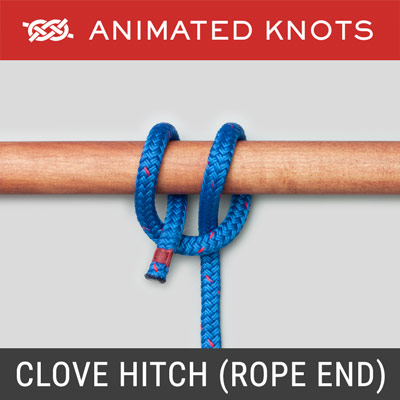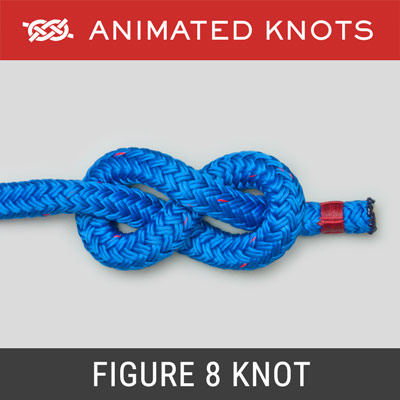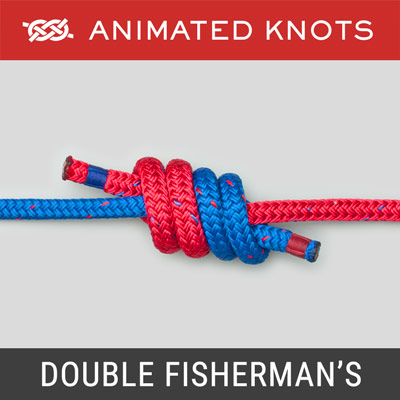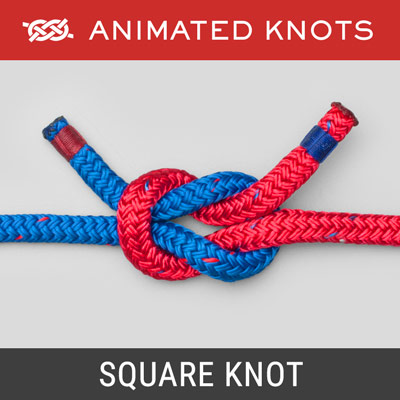Surgical ligature tied at the end of duct or blood vessel.
Constrictor – Forceps Slide
Surgical ligature tied at the end of duct or blood vessel.
 |  |
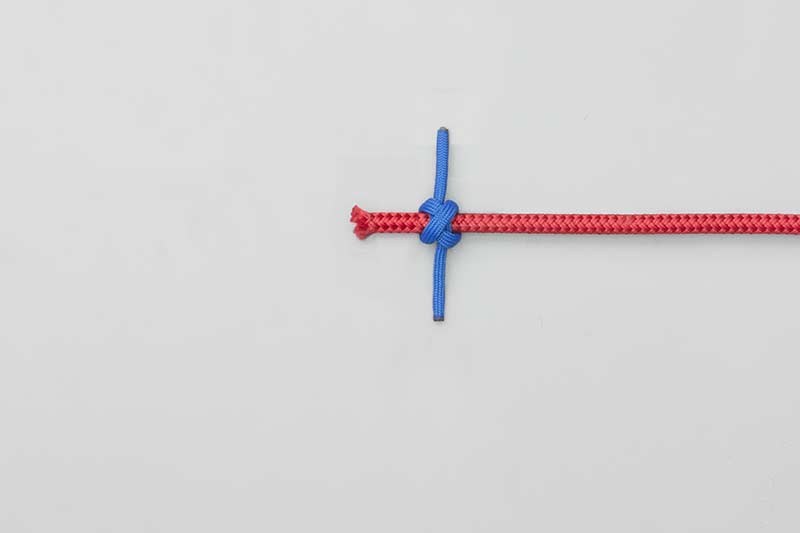
 |  |  |  |  |
To Step use Arrow Keys (
Uses: The Constrictor Knot (ABOK # 1188, p 216.) is uniquely suitable for use as a surgical ligature: it has superior binding properties, tightening smoothly and holding tight. This Sliding Technique is one way to facilitate tying it.
Options: Four ways of tying it in surgery are compared:
- Howard Instrument Tie
- Retrieving the End
- Tied Around the Forceps
- Sliding the Constrictor Down the Forceps (shown here)
Research on the Constrictor Knot: Howard Taylor, a veterinary surgeon in Salisbury, England pioneered the use of the Constrictor Knot to ligate the uterine pedicle in a canine hysterectomy and prefers his Instrument Technique. For our research we used a modification of his test bench to confirm that the Constrictor Knot is the most secure ligature by a large margin because of its ability to stay tight1. Our paper has generated interest and, as a result, the Royal College of Surgeons has kindly made it Available On Line.
Technique: In this animation, the Constrictor Knot is formed using the Twisting Method. In some materials, the knot actually forms just by twisting the ends. More commonly the two sides of the first loop benefit from a little push. Once perfected, it is by far the quickest method. Other techniques exist, including Using the End and Folding. Prior to cutting a vessel, a Constrictor Knot can be slipped over each of two forceps, which can then both be clamped onto the vessel, and the vessel cut between them.
Disadvantages: The Constrictor Knot requires two passes around the vessel or pedicle and the knot itself requires learning. This particular technique necessitates dividing the vessel prior to positioning and tightening the ligature – unacceptable in some circumstances.
Advantages: The additional pass around the vessel enhances the constriction effect. In contrast to the double throw of the Surgical Half knot, the Constrictor Knot tightens more readily and is less prone to slip. With practice this technique can be extremely rapid.
Undoing it: Undoing a ligature is not anticipated – which is fortunate because the knot can be very hard to undo – cutting the knot is often the only option. If this were necessary, the binding strand should be cut over the other constrictor strands to protect underlying tissue.
First Use and Research:
For who first used the Constrictor in Surgery and our later research go to: Reference

